Haldenstr. 18
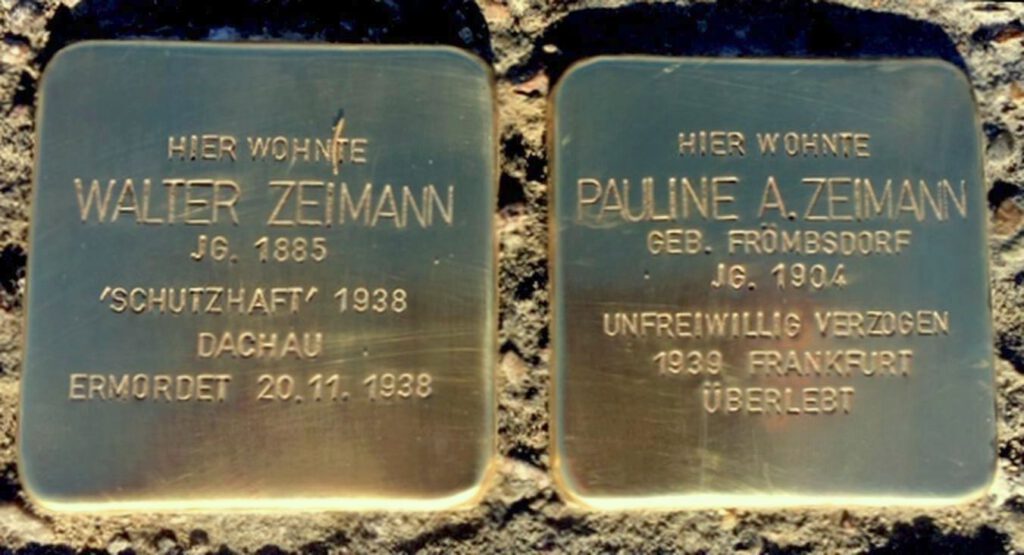
On May 2, 1936, Paula and Walter Zeimann, a married couple, moved from Frankfurt/Main to the small community of Süssen in Göppingen County, where they rented ‘House Waldeck’ at Staufeneck Street 17 (today Halden Street 18). Their landlord was Gustav Kuntze, the owner of one of the largest companies in the town (Pipe Manufacturing Company G. Kuntze). Who were the Zeimanns?
Paula: From a Trader’s Family
Pauline Auguste (Paula) Zeimann née Frömbsdorf, was born on September 8, 1904 in Kaiserslautern, and came from a Protestant family. She was the third child of the then 30-year-old housewife Luise Frömbsdorf, née Winkelmann, and her husband Richard born in 1871 who was a locksmith by trade. Paula’s mother came from the Palatine Lambrecht, her father came from Pförten / Lausitz that is in Poland today. In 1895 Paula’s oldest brother Oskar was born, three years later her brother Hugo who died at the age of only two.
In November 1912 the family left Kaiserslautern and moved to Raunheim on the Main. But this place was only a temporary stop on the way to Frankfurt /Main. In the directory of 1916 Richard Frömbsdorf was mentioned there for the first time, he can be detected at different addresses till the directory of 1943. Mostly his trade is noted as locksmith, once as assembly fitter, once as mechanic and at about 1935 he retired. Paula’s brother Oskar is supposed to have had his own apartment about 1924, different from Paula who did not have an address of her own in the same period. So Paula came from a rather poor, by the way Protestant trader’s family, she might not have had a ‘real* training, in the restitution files she is mentioned as cashier.
How and where Paula Frömbsdorf and Walter Zeimann have met cannot be documented. It is possible that she had been employed at the textile business of her later husband. When the two married in December 1934 in Bad Homburg, the Nazis had already taken power. Even when the Nuremberg Laws were only passed the following year it must have been clear to the couple that their marriage was contrary to the racial mania of the Nazis. A love marriage? The very different social background and the difference in age of 19 years are obvious. The two groomsmen were Jewish Germans, one of them was Walter’s brother-in-law Leopold Baer. How did Paula’s family feel about the marriage, how Walter’s mother with whom he had lived together for years? The couple chose a spa resort pension at the prestigious Kaiser Friedrich-Promenade in Bad Homburg as the venue for their wedding.
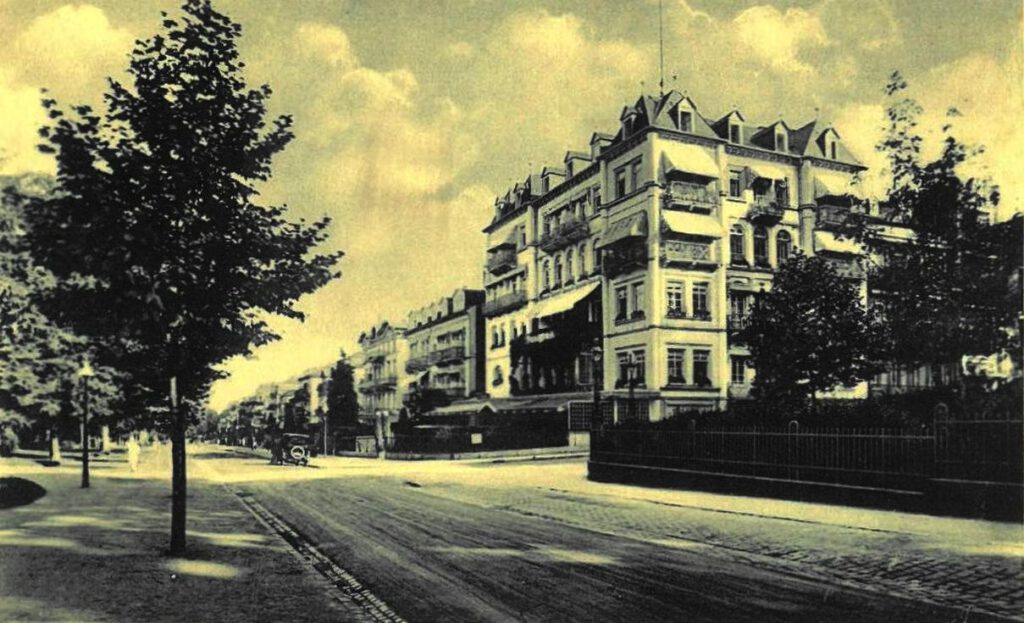
Walter Zeimann’s origins
Walter Zeimann was born on September 20, 1885, in Crimmitschau / Saxony into a Jewish family. His paternal ancestors came from Stargard, then West Prussia, where Walter’s father was born and where members of the family still lived. Walter was the fourth child of Adele, née Gottheil, and Simon Zeimann, who moved with their six children from Crimmitschau to Frankfurt/Main in August 1890. Here, Simon Zeimann, a businessman and merchant, opened a ‘Wholesale and Manufacturing Business for White- and Woolen Goods’ in a central location across from the former main market hall. Shortly before Walter’s 33rd birthday his father died. At that time, however, Walter may already have been involved in the family business for quite some time. Not much has been passed down about Walter’s youth. Robert Brubacher, his former neighbor in Frankfurt, stated in 1959: “Mr. Walter Zeimann was a good friend. I met him during the First World War in 1914. We were good friends during the war as well as after the war until his death. Because of our friendship and personal connection I know that Mr. Zeimann attended the Jewish high school Philanthropin until the ‘Einjaehrigen’ [equivalent to a secondary school degree – notation by author] and then volunteered for the field artillery for one year.”
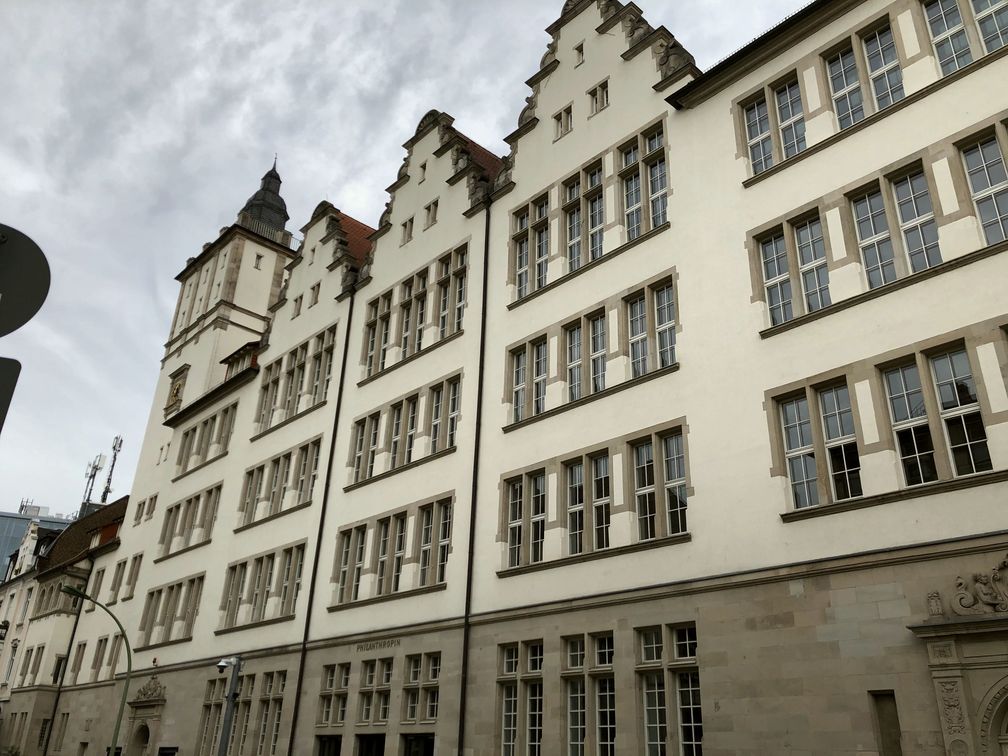
The Philanthropin [‘Site of Humanity’] high school was founded in 1803 as a Jewish school in Frankfurt and became the largest and longest existing Jewish school in Germany – even non-Jewish students were able to attend the school, whose motto was ‘For Enlightenment and Humanity.’ The German enthusiasm at the beginning of the First World War made a mockery of these educational goals. This had terrible consequences for the Zeimann family: Walter lost his brothers within two months. Hugo Zeimann, born in 1884, died in June 1917 as a German soldier in France, Georg Zeimann, born in 1887, fell in August 1917. Presumably the pain of the loss of his two sons contributed to the death of their father in September 1917
As Managing Director of a Successful Company
As a result, the management of the company was entirely transferred to Walter Zeimann. He certainly had the competence to successfully continue his father’s business, which was converted into a stock corporation in January 1922. He assumed the position of managing director. Walter Gabler, another witness in the restitution proceedings in 1959, stated: “At that time [meaning the 1930s – notation by author), the Zeimann Corporation was the leading specialty business for fabrics and furnishings in Frankfurt (…) which employed approximately 170 to 200 people, mostly in sales. This means that the company was doing extremely well, with Mr. Walter Zeimann as its main shareholder and first director, who was personally well known to me. Therefore I can readily testify that Mr. Zeimann lived in very good financial circumstances and had a considerable income for that time.”
The above mentioned Robert Brubacher added: “He [Walter Z. – notation by author] was always very generous and helpful with money (…) I remember two cases between 1924 and 1926, when Mr. Zeimann at one time made a loan for RM 10,000 and another time for RM 2,500 without charging interest, even though a monthly interest rate of 3 to 5% was common at that time. After the First World War, Mr. Zeimann also served on the tax committee of the revenue office – for how long I can not specify.”
The Nazi regime did not value decency and competence if a person who embodied these values was considered a ‘Jew’. Incidentally, it is likely that Walter Zeimann was not practicing the Jewish faith. According to a report from that time, he is said to have joined the ‘Jehova’s Witnesses’.
Major Life Interruption: The Time of the Nazi Regime
As early as April 1936, Walter Zeimann resigned from the board of directors of S. Zeimann- AG, and subsequently the company ceased to exist. ‘Sallwey & Co. Textile Stock Company,’ the company that succeeded it, bore the name of Heinrich Sallwey, who had joined the board of Zeimann-AG in 1927. Walter Zeimann sold 55% of his share in the former Zeiman-AG to him. The early date of this ‘Aryanization’ is unusual. It could not be substantiated if there existed a secret agreement between Walter Zeimann and Heinrich Sallwey. For Walter Zeimann, the timing had the advantage that he still had access to his assets. That would no longer have been possible after the ‘Regulation on the Registration of the Assets of Jews’ went into effect on April 26, 1938. In addition to the share capital, Walter Zeimann also owned real estate in Frankfurt.
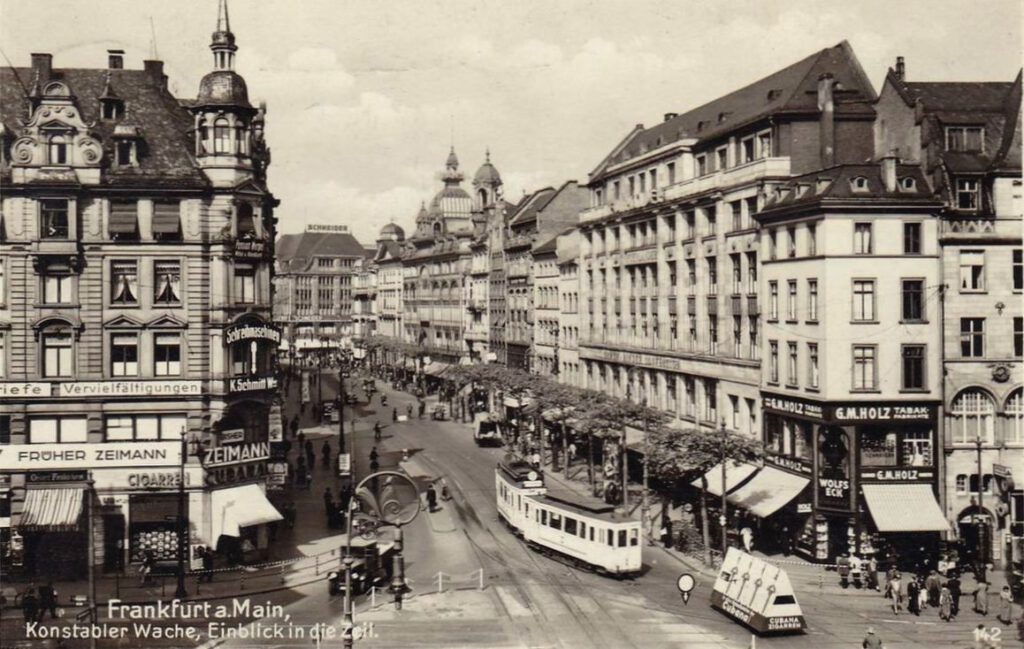
The new owner named it ‘Früher Zeimann’ und ‘Bisher Zeimann’ to hold the custumers.
Did Walter Zeimann share the illusion that the ‘Nazi nightmare’ would soon be over? Did he feel safe from their excesses and persecution since he had fought as a German soldier in the First World War – in addition to being the husband of an ‘Aryan’? One wonders whether Mr. Zeimann might have been thinking of escape, which he would have had a good chance of doing in 1936.
But the ‘escape’ only took him to Süssen, and one has to wonder: What prompted Paula and Walter to move from a large city to rural Württemberg? Some guesses: The Kuntze family, from whom the Zeimanns had rented their house, had no connection to Walter Zeimann’s field of business, the textile industry. However the Kuntze family, at least the members living in Göppingen, were close friends with some of Göppingen’s Jewish families, especially with that of the family of entrepreneur Heinrich Netter (Netter and Eisig Company). Maybe a member of the Ottenheimer family arranged a contact between Kuntze and Zeimann. Mrs. Katja Stocker, née Kuntze, remembers that as a child, her father Gustav Kuntze (1885 – 1959) was friends with Jewish classmates because his family did not have denominational religious ties, and like the Jewish children he did not have to participate in the Protestant religious instruction classes.
During the Nazi time there was an informal agreement between the Kuntze family and the Netter family. Gustav Kuntze was to take over the Netter shares of the Netter and Eisig Company during the duration of the Nazi regime, and after the end of the dictatorship they were to be returned to the Netters. However, this agreement was apparently betrayed and fell through. The Kuntze family was also acquainted with the Jewish Ottenheimer family whose factory was also located in Süssen. Although it is not known how the contact between Walter Zeimann and the Kuntze family came about, it is likely that the Jewish families in Göppingen played a part. Against this background, it is understandable that Gustav Kuntze rented ‘Haus Waldeck’, his villa in Süssen, to the Zeimanns during the Nazi time.
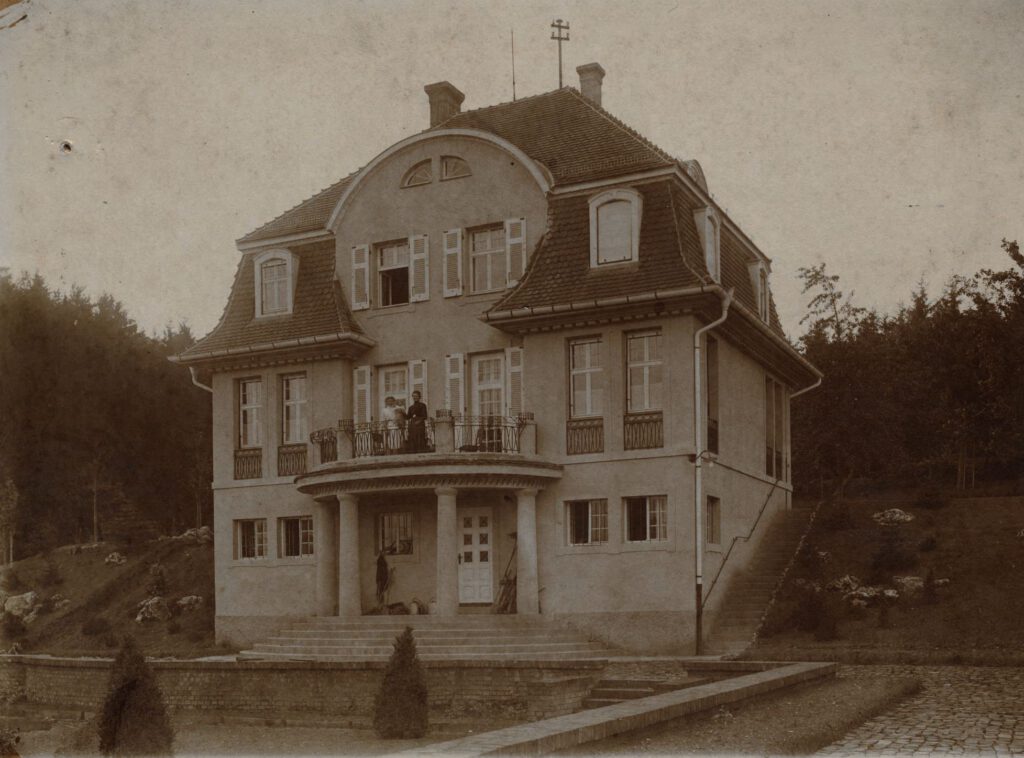
The house in Art Nouveau style was built in 1910, the client Carolone Kuntze had chosen Architect Immanuel Hohlbauch (1879 – 1953) for the design. Hohlbauch later was to emerge as an opponent to the terror regime. After the war, in 1945, Gustav Kuntze was one of the Göppingen citizens who voluntarily donated money for the maintenance of the Jewish cemeteries in Göppingen and Jebenhausen.
The Farewell-Postcard
If life in Süssen had been pleasant for Walter and Paula Zeimann, that ended on the night of November 9 to 10, 1938, when the Nazi terror caught up with them. Walter Zeimann was arrested together with Leopold and Louis Lang, other Jewish citizens of Süssen, and taken to Dachau concentration camp on November 12. His last sign of life, dated November 16, is a postcard sent from Dachau concentration camp. Walter Zeimann writes to his wife, he was not permitted to write more personal words:
Dearest Paula,
I am allowed to receive RM 15 a week. The subject line on the postal money order has to read: Walter Zeimann, born November 20, 1885, Block 18, Room 1. I am well.
Warm greetings
Walter
Four days later, Walter Zeimann was no longer alive. The death notice which was received by the registry office in Prittlbach near Dachau, cites ‘gastric bleeding’ as the cause of death. The question if this is the truth remains open.
Was Walter Zeimann murdered, and if so, what actually happened? In any case, he is the only resident from Göppingen County to lose his life in Dachau concentration camp as a result of the Pogrom Night. Walter Zeimann is not mentioned in the recollections of other citizens from Göppingen who had been interned at Dachau. They might not have known him as they did the Lang brothers from Süssen: he had only lived in Göppingen County for a short time, and he probably did not belong to the Jewish congregation there
The Fates of the Relatives
A few weeks after Walter’s death, Paula Zeimann moved away from Süssen and settled in Frankfurt/Main. She later married Alfred Müller. After the war, she appeared at the restitution procedures as the legal heir of Walter Zeimann. It should be noted that Walter Zeimann’s sisters waived their claims in favor of their sister-in-law.
Walter’s sister Margarethe Michel, née Zeimann, lived in London after the war, his sister Louise Heinemann, née Zeimann, lived in Buenos Aires, where Rosa Baer, née Zeimann, had also fled with her children Ilse and Hansgeorg. Had Walter been able to finance the escape for his siblings’ families, was that the reason that they relinquished their claims to his inheritance?
Rosa Baer sadly had to flee without her husband Leopold. Leopold Baer, Walter’s best man, had lived in Wiesbaden, where he was arrested during the Pogrom Night. His fate was similar to that of his brother-in-law: Leopold Baer died under unexplained circumstances at Buchenwald concentration camp. A Stumbling Stone was laid in Wiesbaden in his memory.
The children of Rosa and Leopold Baer returned to Germany after the war. Hansgeorg Baer died in 1981 in Bensheim without descendents; his sister Ilse, who had settled in Hamburg, also died without children in 1980.
Until 1934, Walter Zeimann’s mother Adele Zeimann, a widow, lived at Palmstr. 5 in Frankfurt, at the same address as her son Walter; in 1935 their address was Beethovenstr. 38. After his marriage Walter Zeimann probably lived with his wife at Westendstr. 94 in Frankfurt until they moved to Süssen. His mother Adele is still listed in the 1937 edition of the Frankfurt address book, but after that she probably moved to her daughter Margarethe Michel in Cologne. Even after her daughter’s escape in 1939, Adele was still able to remain in their apartment at Königsdorferstr. 4 in Cologne until 1941. In 1941 the old lady was evicted from her apartment and had to move to an involuntarysenior citizens home at Beethovenstr. 16. From there she was deported to Theresienstadt concentration camp on September 11, 1942. Just 13 days later, 87-year-old Adele Zeimann died under the murderous living conditions in the ghetto.
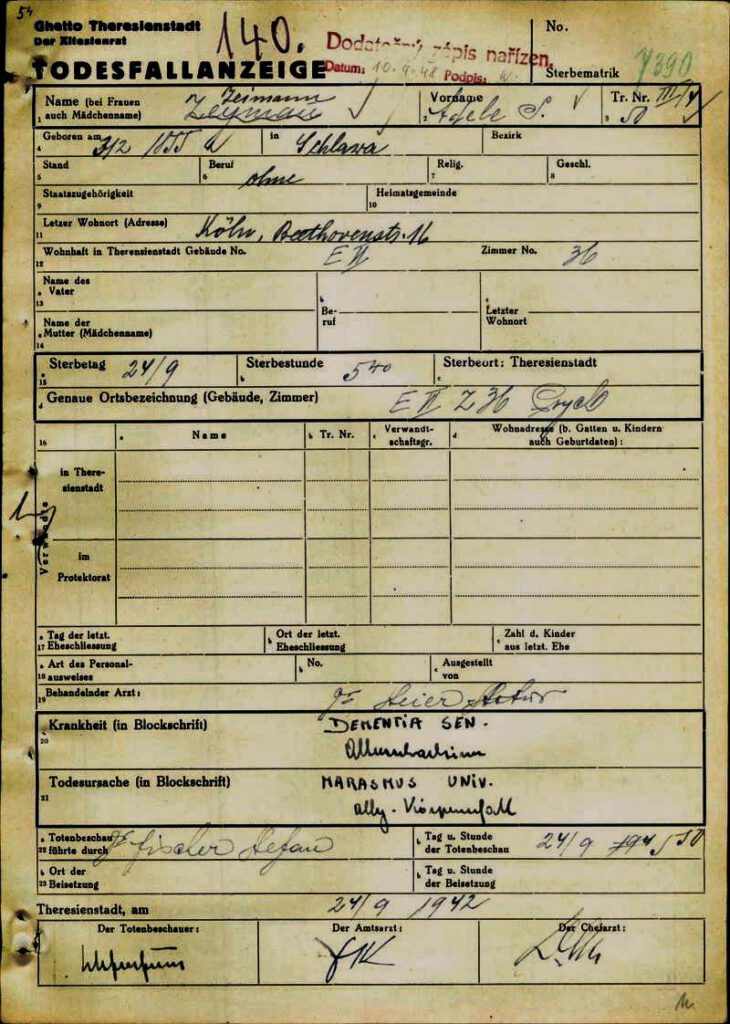
Two of Walter Zeimann’s cousins were also murdered: Irma Zeimann, born in 1889, lived like Walter in Frankfurt/Main and was Walter’s business partner in the family business where she had worked as an authorized officer and manager since 1923. Facts about her persecution and fate are not yet known.
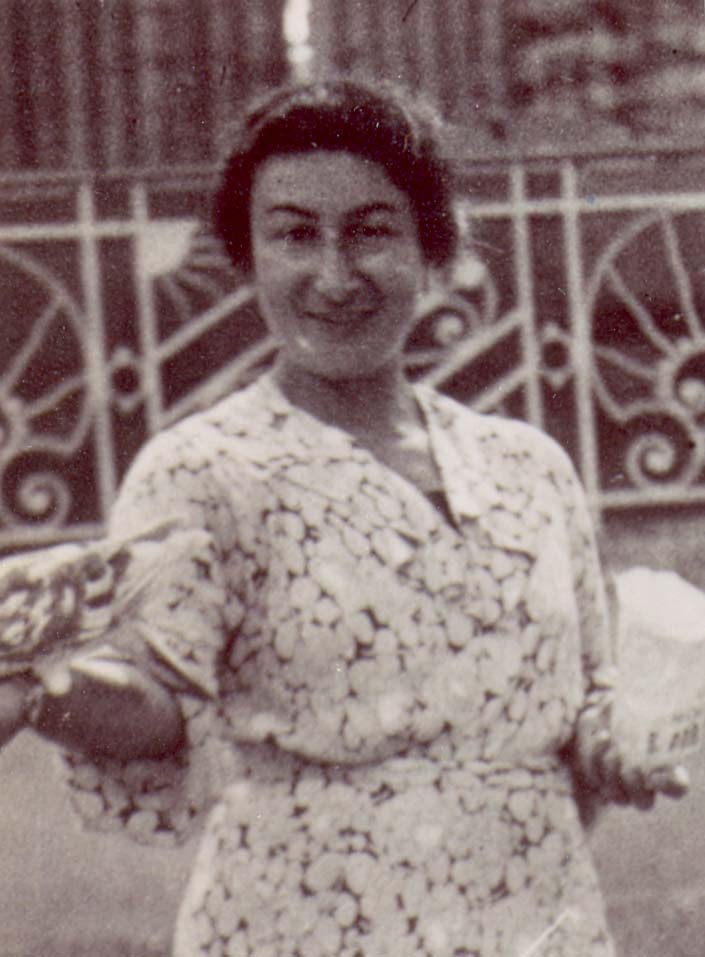
Walter’s younger cousin Lisbeth Zeimann, born in 1896, lived in Breslau. She was initially interned at the central collection camp in Grüssau and in December 1943 was deported to the Sobibor extermination camp and murdered there.
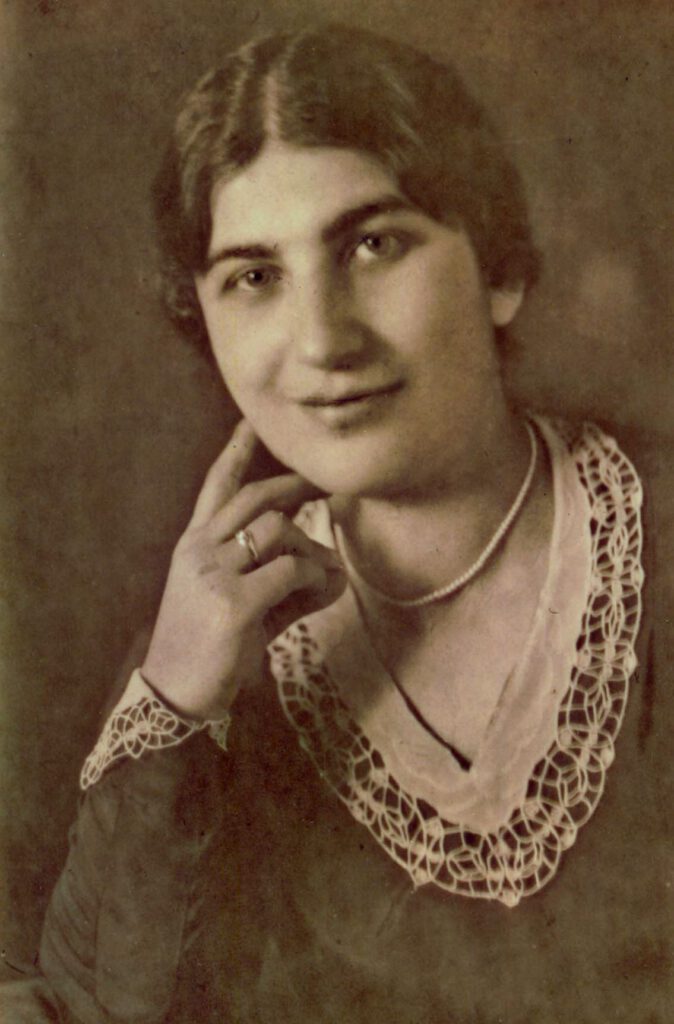
Eduard Zeimann felt himself responsible for the remembrance of Lisbeth, Irma and Walter Zeimann. In 1978 he filled in the forms of the Memorial Site of Yad Vashem in Jerusalem which one can find today in the internet. Eduard was a brother of Irma and Lisbeth and thus Walter’s cousin. He survived the Nazi times in Chile. After the war he returned to Germany and died in 1982 without offspring in an Israelite senior citizens home in Wuerzburg.
Paula Mueller, née Froembsdorf, widowed Zeimann died in 1994 in Frankfurt/Main.
On July 10 2020 Stumbling Stones were laid at Haldenstrasse 18 in Suessen by Gunter Demnig in memory of Paula and Walter Zeimann.
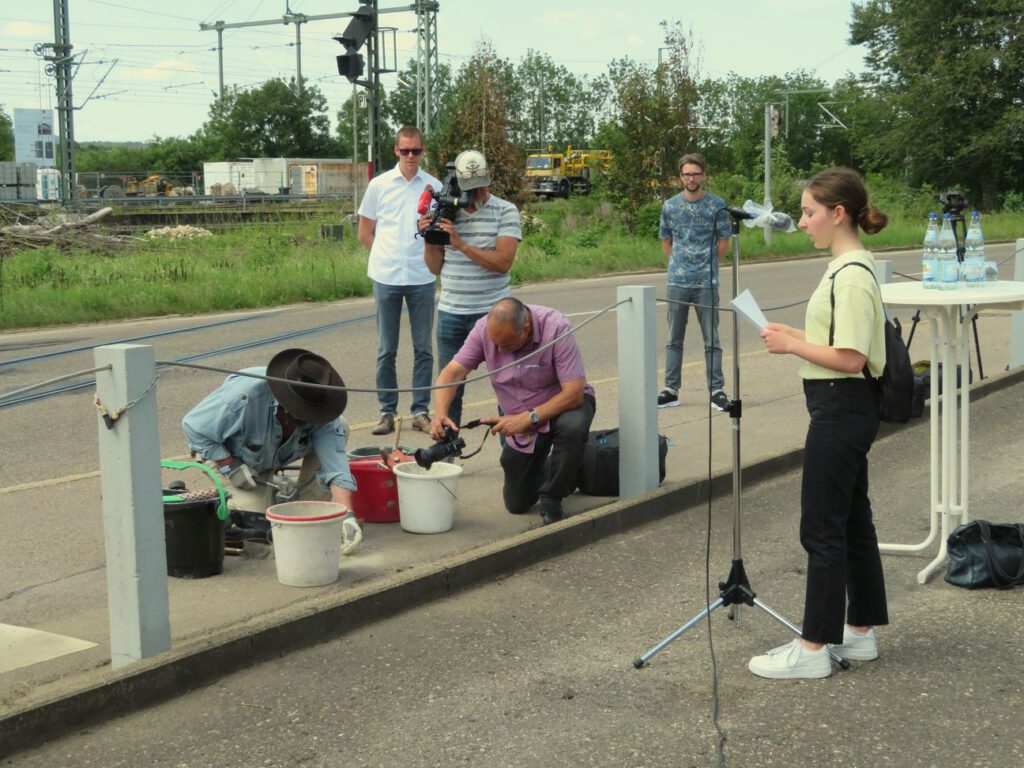
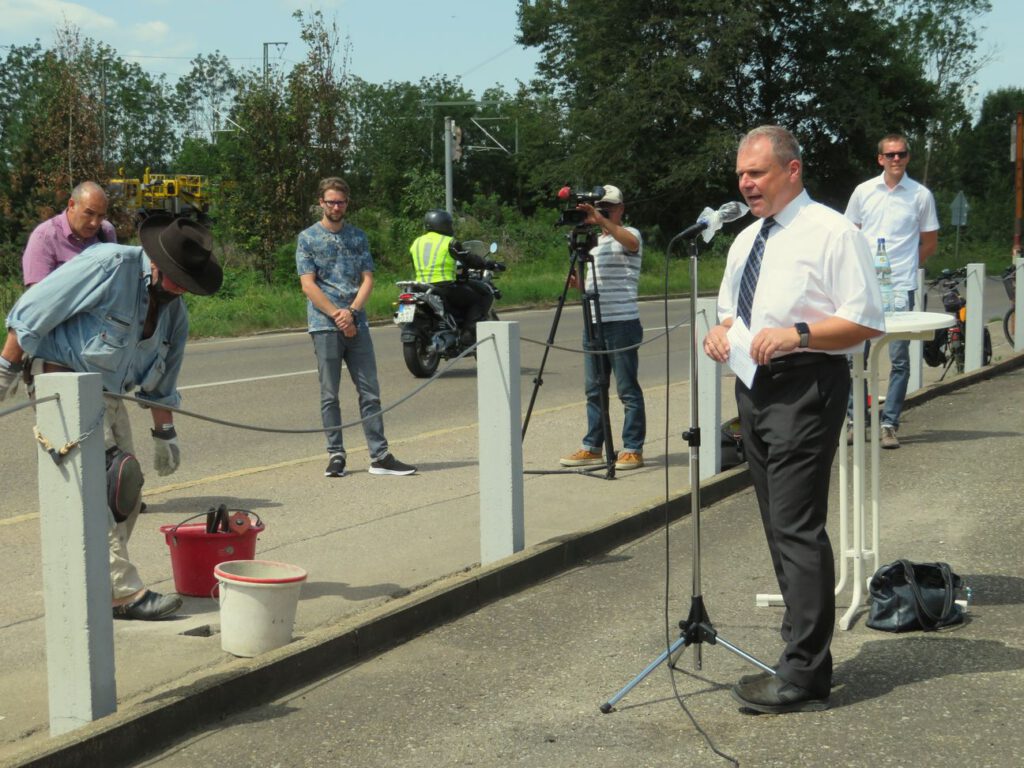
(July 7 2020 kmr/ir/pr)


Leave a Reply